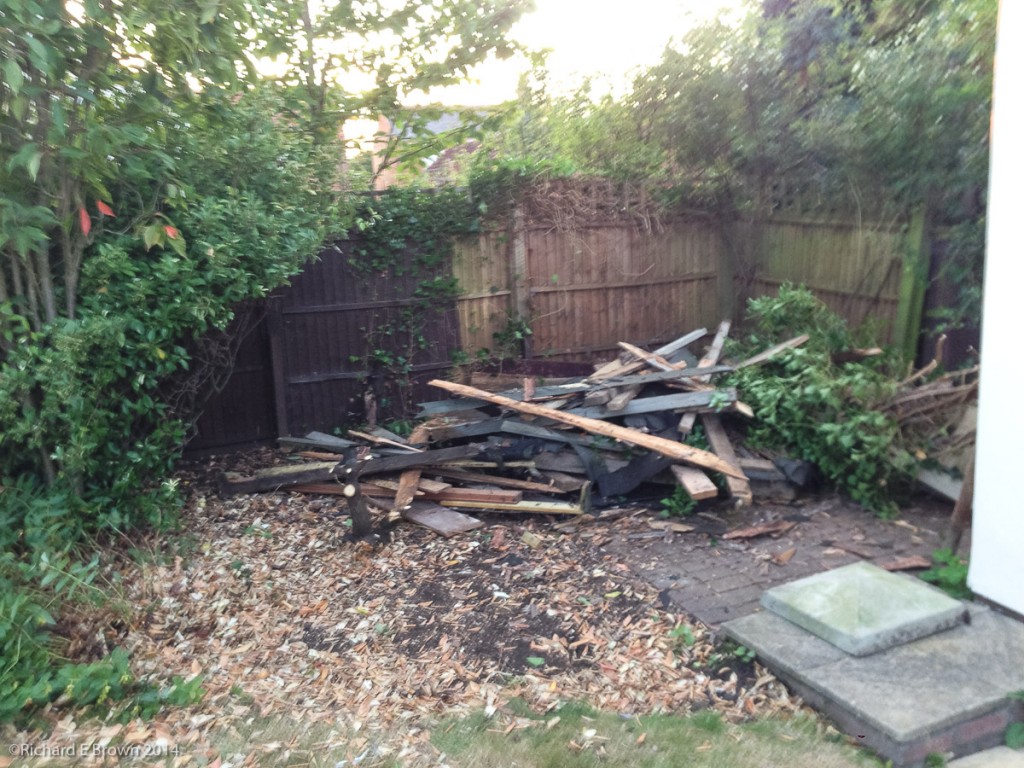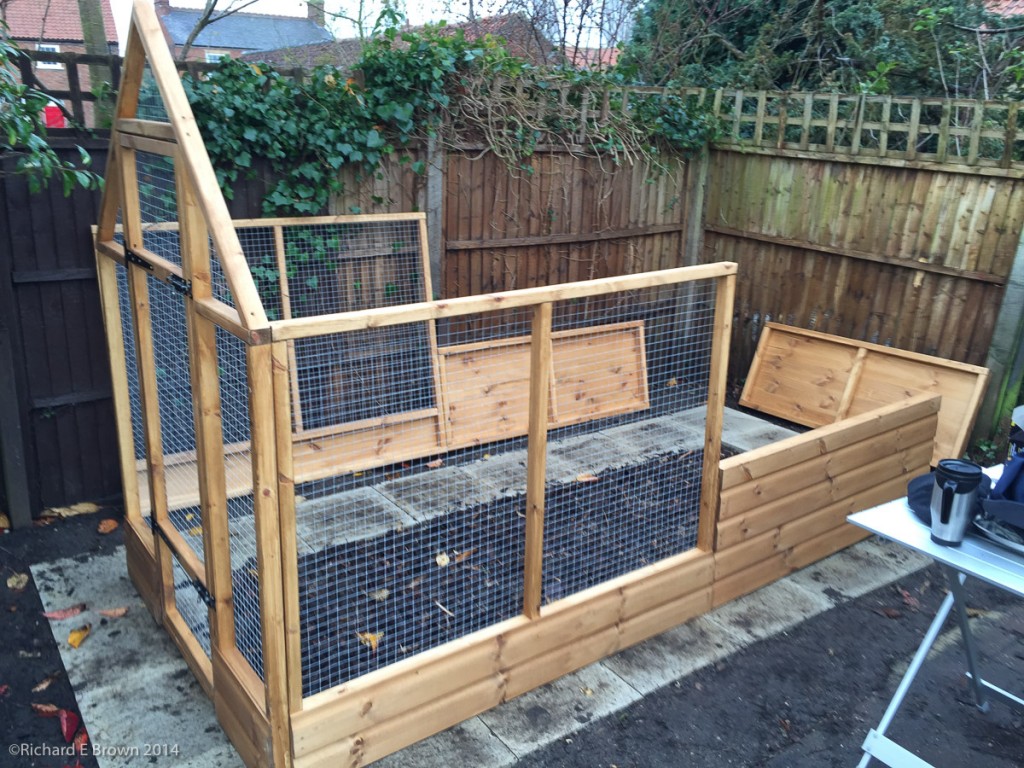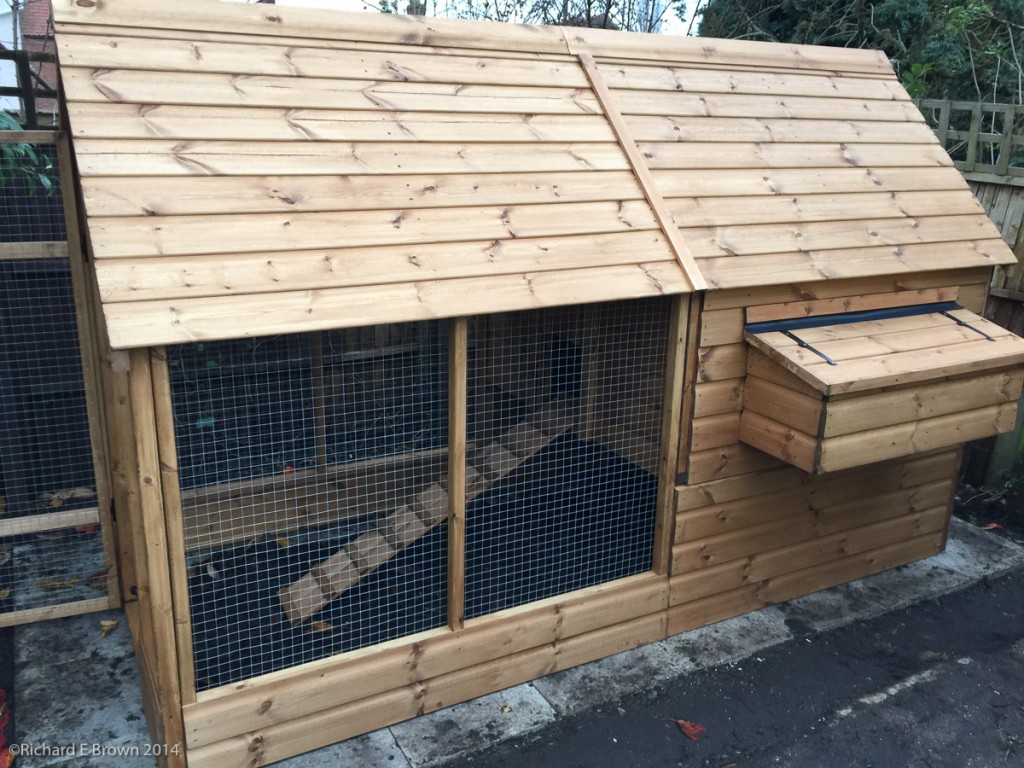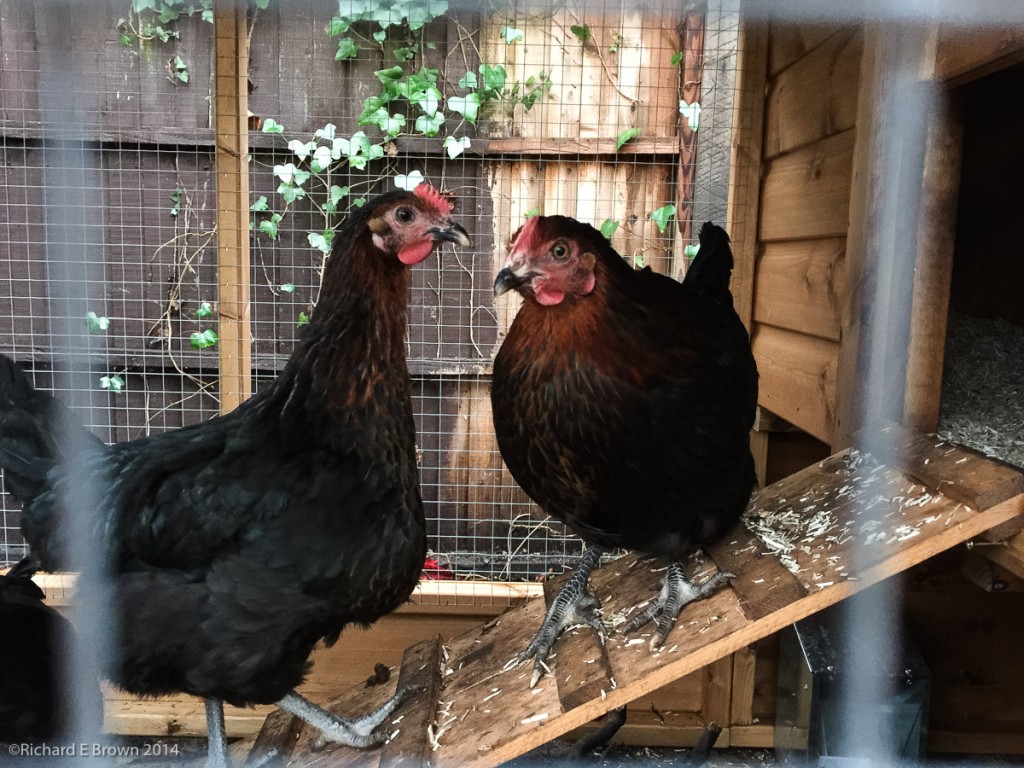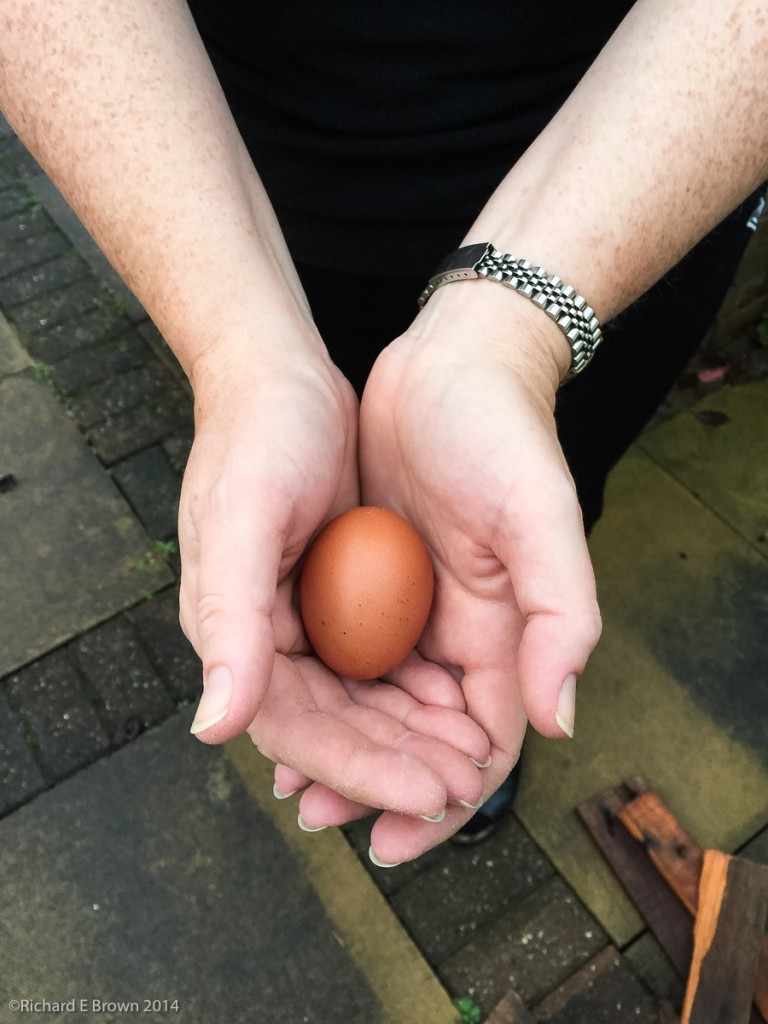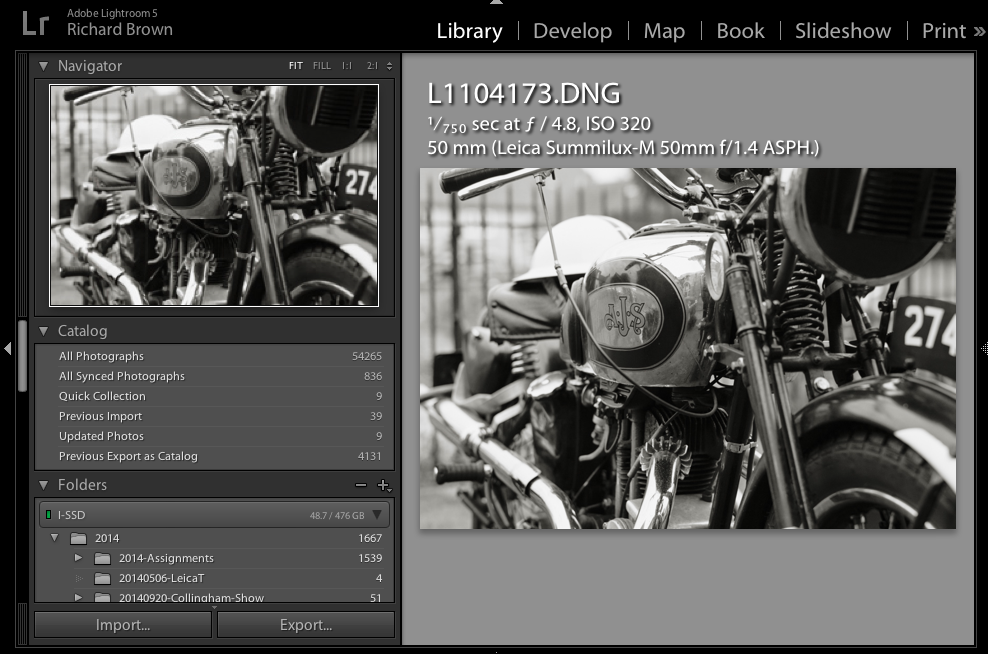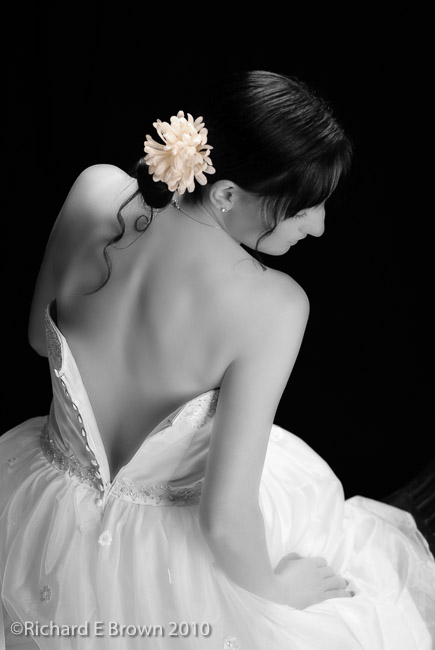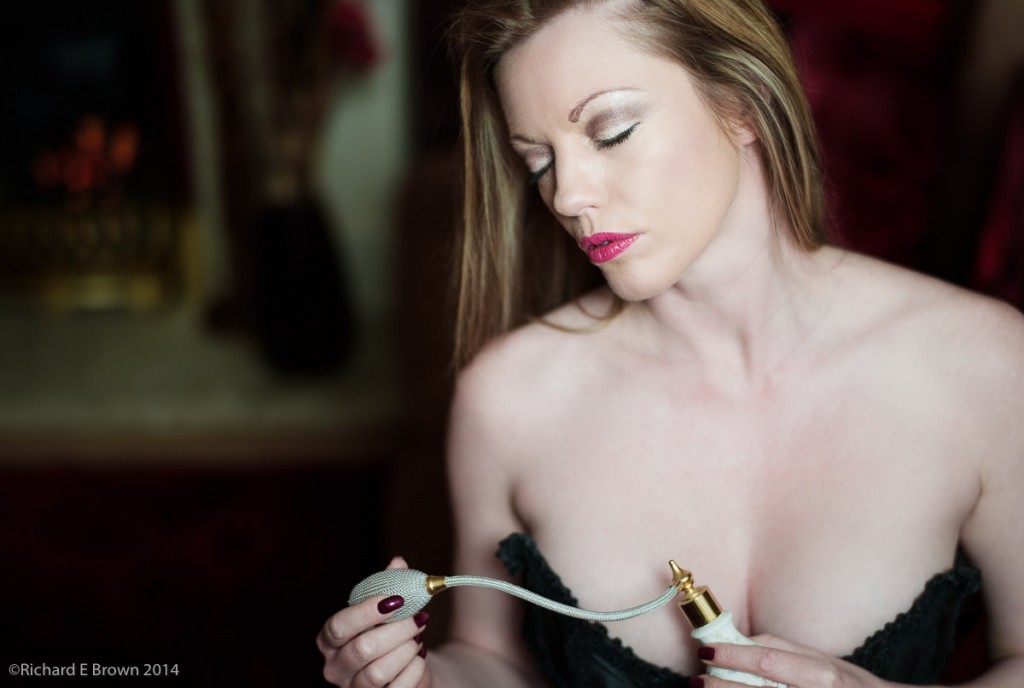 Leica M8
Leica M8
Leica 50mm f/1.4 Summilux-M
50mm, 1/80 Sec at f/2, ISO160
Post Processed in Adobe Lightroom V5.7
On a MacBook Pro, OS-X 10.10.1
Home Update – Gardens and Chickens
 We have now lived in the new house for a year and a lot of work has been done. The dream we had was a new bungalow in the country, with cosy real fire, a dedicated formal dinning room, plus kitchen diner. There was also our hobbies, Caroline wanted her own craft room and I wanted an office to use as my digital darkroom, plus we wanted a room to use as a studio, music room and library.
We have now lived in the new house for a year and a lot of work has been done. The dream we had was a new bungalow in the country, with cosy real fire, a dedicated formal dinning room, plus kitchen diner. There was also our hobbies, Caroline wanted her own craft room and I wanted an office to use as my digital darkroom, plus we wanted a room to use as a studio, music room and library.
Around the house we have replaced all the doors and windows, had the chimney reworked so we can have a real fire and replaced all the major lights with low energy 1 to 1.5 watt LED lights. Caroline’s craft room and my digital darkroom are complete so the house is well underway, with only what we are calling the sun room still to start. This room will be a second living room used for music, a library and my studio.
The garden has been a major focus for us this last year, and just this month we finally completed the raised beds. They have been successful and we have now had our major harvest of butternut squash, courgette, beans and peas, plus lettuce, cauliflower, beetroot, leeks and carrots. We learnt a lot, things we raised in the cold frames then transplanted to the garden worked well, things we direct sowed into the raised beds got attacked by birds. Everything worked except the cauliflower, we had netted them off to protect them from the birds, but all that did was protect the caterpillars, which enabled them to decimate them.
One the garden front as well as the vegetable plot we also wanted to keep bees and raise chickens. We bought two flat packed hives, but apart from the stands and the brood box we did not find the time to finish them so thats on hold for now.
 At the bottom of the garden behind the garage we built a large compost bin, beside that was a rather nice looking but very rickety garden shed. The plan was to tear this down and in its place build a chicken coop.
At the bottom of the garden behind the garage we built a large compost bin, beside that was a rather nice looking but very rickety garden shed. The plan was to tear this down and in its place build a chicken coop.
The old shed took a lot of getting down, it seems that ivy is the perfect way to hold up a building.
Once down we dug over the area and laid a rectangle of paving slabs. These would help discourage the foxes from digging under to get at the chickens. The bed of the coup run was made up of soil, gravel, sand and topped with bark.
If your on a budget then you can find plans on the internet for building your own coops and runs.
We took the easy root and purchased a coop with integrated run; it came in prefab’ed sections that just needed putting together.
It went together easily and then it was ordering the feeders, waterers, and other accessories.
It was not long before we were ready to get the girls. We purchased four Copper Black’s a modern hybrid cross based on the Maran.
With the girls moved in, we let them have lots of peace and quiet, but did hand feed them a treat just before they put themselves to bed.
By the next day we were surprised to find an egg, so its safe to say the girls are settling in.
Testing Gear
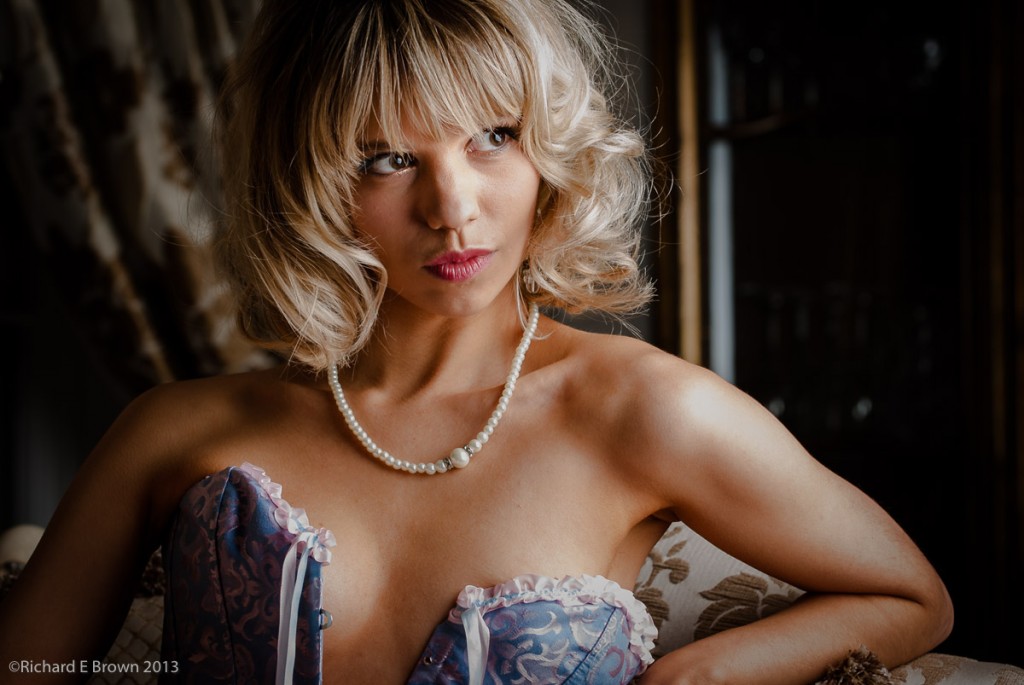
Getting new gear is always inspiring, but if you have a new piece of equipment or you have not shot with a particular piece of equipment for a while, its always worth having a practice shooting session.
I now have a Nikon D800 and also a PhaseOne back for my medium format Hasselblad, so I am keen on getting some meaningful practice before I use them for a real paid shoot.
With that in mind I have booked a studio for this week and have a friendly local model, so I’ll be shooting some nice boudoir lingerie images.
The intention is test the D800 and Hasselblad in a studio situation. Plans may have to change as I need a new trigger for the Hasselblad, and the new trigger for the Hasselblad has not yet arrived. I may just have to use my normal wireless trigger that works on my Nikon’s and Leica’s. It does mean i’ll have to get a few dreamy Leica Summilux shots, oh what a shame 😉
So today I’ll be giving the gear a quick check and charging batteries and checking memory cards. Two standard lens for the Nikon and two spare batteries just in case.
I’ll also be planning some wildlife test shoots. So far its just been the Nikon in the garden but later this year I am planning on visiting Hartsholme Park with Chris. He will have his new Olympus 40-150mm f2.8 PRO by then so its going to be a good testing day.
Lightroom Tip – Catalogue Import and Export
By default when in the normal catalogue view within Lightroom the two main buttons at the bottom offer import photographs or export photographs.
But what about importing and exporting catalogues; well it is in the menu system but a faster way to get to it, is to just press the option key.
 With Lightroom, you often get a different set of options on the buttons when you press the option key, give it a try.
With Lightroom, you often get a different set of options on the buttons when you press the option key, give it a try.
PS if your a Windows user try the Alt key.
Sony A7 Mk II
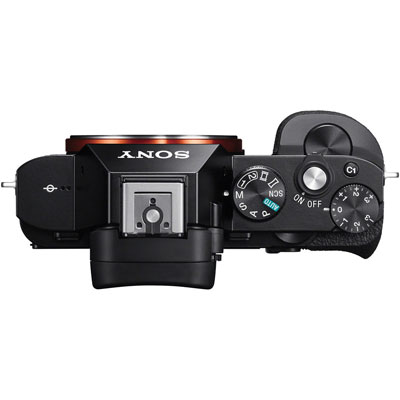 Everyone seems to be bringing out a Mark II or Mark III at the moment.
Everyone seems to be bringing out a Mark II or Mark III at the moment.
The full frame mirror-less A7 range has been getting better. Its main issues have been noisy shutter, vibration, a slightly inferior RAW file that seems to do some internal lossy compression before saving.
While I admire the continued efforts of Sony with these endless releases of ever improving cameras I also feel sorry for people that buy Sony gear and then six months later they release a better model. I also find it irritating that they release cameras without battery chargers and lens hoods are often an optional extra.
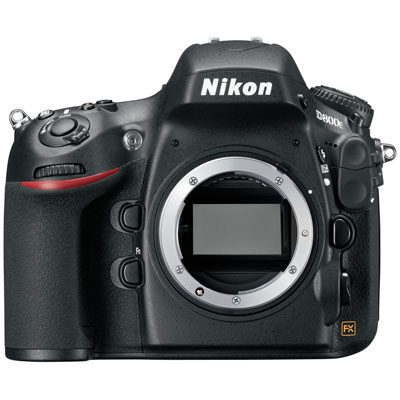 Currently my full frame needs are met with my Nikon D800, and one day I hope a Leica M9 or M 240 so while my GAS (Gear Acquisition Syndrome) wants me to buy one the limitations and the fact that it would just duplicate my Nikon and Leica system stops me.
Currently my full frame needs are met with my Nikon D800, and one day I hope a Leica M9 or M 240 so while my GAS (Gear Acquisition Syndrome) wants me to buy one the limitations and the fact that it would just duplicate my Nikon and Leica system stops me.
Still if your after full frame and autofocus in a small package its hard to ignore.

The truth of the matter is that within ten years cameras like the low end Nikon and Canon SLR’s will look far more like the Sony A7 then a SLR. They will go mirror-less. Its a matter of cost. Producing a mirror box and optical viewfinder is expensive and when Nikon and Canon do jump onto this, possibly when the autofocus matches there low end SLR’s it will happen.
Then its going to be difficult to see where Sony, Fuji etc are going to go. I feel Panasonic and Olympus have a better chance of being a long term success, as the smaller micro four thirds cameras can make an excellent second small system
Software Updates again
 If your an Apple user you are most likely already aware that the latest bug fix for iOS 8 was released today v8.1.1, not played with it much yet but lets hope things are getting more stable. I have had a few app crashes but nothing too bad. Certainly not like iOS 2.0 which was in my opinion unusable.
If your an Apple user you are most likely already aware that the latest bug fix for iOS 8 was released today v8.1.1, not played with it much yet but lets hope things are getting more stable. I have had a few app crashes but nothing too bad. Certainly not like iOS 2.0 which was in my opinion unusable.
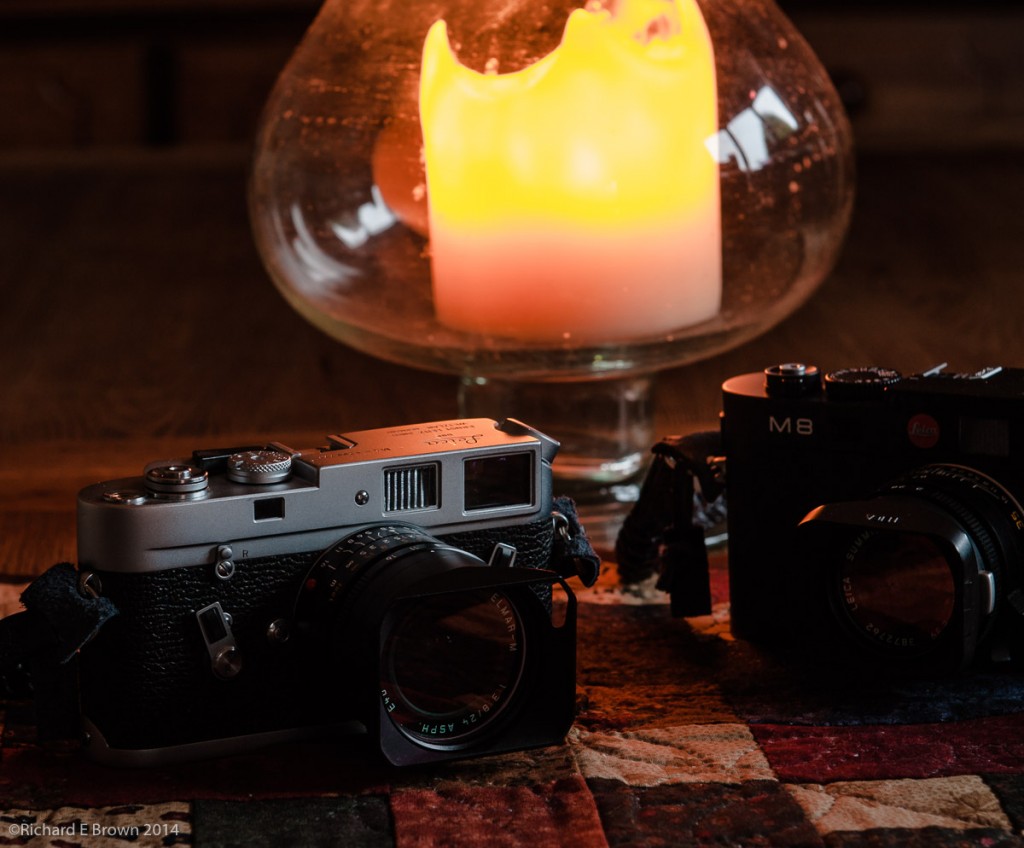 Of more notable concern for camera users, at least for us Leica users was updated firmware for the Leica M series. Not having the latest M I checked the site anyway expecting not to see anything for me but was surprised to see Leica have released updates for all the digital M series cameras including the original digital Leica M8.
Of more notable concern for camera users, at least for us Leica users was updated firmware for the Leica M series. Not having the latest M I checked the site anyway expecting not to see anything for me but was surprised to see Leica have released updates for all the digital M series cameras including the original digital Leica M8.
Its great to see such support for a camera that was released back in 2006 I think and my M8.2 was 2008.
Certainly from recent history only Fuji seem to be giving there customers such good support.
Chris has also recently blogged about firmware updates for his OM D here. I was glad to see that the Leica updates are applied the same way as my Nikon updates, just copy the firmware update to an SD card and update from Camera.
Like Chris I prefer this method of update. I have not updated a recent Sony, but when I had to update the Alpha A55 I had to use the computer, see here for details.
Click on the link below for the update download and instructions.
Instructions for updating the
LEICA M8/M9/M Monochrom/M-E Firmware
- Format an SD memory card in your camera.
- Turn off the camera and insert the card into an SD card reader – either integrated or connected to your computer. (A reader is required for Firmware updates).
- Download the Firmware file from the Leica Website using the Service & Support/Support/Downloads Menu and unzip the file.
- Save the unzipped file (extension “.upd or .upm”) at the top level of the card’s folder structure.
- Remove the card properly from your card reader, insert the card into the camera and close the bottom cover.
- Turn on the camera using the main switch and wait for at least 3 seconds before continuing with step 7.
- Confirm the prompt that appears in the monitor as to whether you want to update the firmware on thecamera to the new version.
The update process takes around 180s. You will then be prompted to restart the camera using the main switch.
- Turn the camera off and back on again.
Does the average Photographer need fast glass
 I was talking to another photographer recently who had switched from his large SLR’s to one of the newer large sensor bridge cameras.
I was talking to another photographer recently who had switched from his large SLR’s to one of the newer large sensor bridge cameras.
I had a camera with me and attached was a fast f/1.4 50 mm lens.
He ventured his opinion that fast lens were no longer required. Also that if you wanted that fast aperture look you can fake it in Photoshop.
An interesting view and I can partially see the point but I suppose it depends on how you define a average photographer.
An average portrait photographer may want a fast portrait lens.
I have seen some lovely Landscapes shooting into the sun with a fast wide angle and sports and wildlife photographers often need fast glass to get their images.
So what’s right. Well neither view. If your happy and can get the image you want without fast glass then good but if you need fast glass and can afford it then use it.
I know of one photography who has two 28 mm lens. One at f/1.4 for when he needs speed but the other which he generally uses is f/3.5. As its smaller lighter and easier to use.
Setting up a camera – Part Two Leica M8
 Well after telling you how I have my main SLR setup I thought I would follow up with my Leica.
Well after telling you how I have my main SLR setup I thought I would follow up with my Leica.
The memory banks on the Leica are called User Profiles and there are four of them, unfortunately only three of them are useable.
- User Profile 0
- User Profile 1
- User Profile 2
- User Profile 3
The first profile is a system profile, it sets up the camera basically for beginners, so sRGB, jpeg only and base ISO.
User Profile 1 is my main profile. Set to RAW, shutter to quiet mode and no image review, ISO is set to the base at ISO 160. White balance is on auto.
User Profile 2 is also often used, especially when I want to shoot black and white. Its the same as above but also saves out a jpeg in Black & White.
Lastly User Profile 3, this is same as User Profile 2 but has ISO set to 640 and white balance to 5000 K. Useful under dark conditions under artificial light. I also have image review set on this mode but no jpeg.
With this combination and the quick menu access button (the set button) I can set the major key areas then just override as I require.
Eg, need image review at base ISO, select User Profile 3 via the quick access button and override the ISO and white balance, while in the quick access menu. Sounds far harder then it is. It’s quick easy and saves you going into the main menu searching for the items you need to change.
Setting up a camera – Part One Nikon D800
 If you have ever used a camera like my old Nikon FM2, then setup consisted of keeping it clean. Having a film loaded. Oh and remembering to set the ISO.
If you have ever used a camera like my old Nikon FM2, then setup consisted of keeping it clean. Having a film loaded. Oh and remembering to set the ISO.
After that it was set aperture and shutter speed and press the shutter to take a picture.
Today with the myriad of menu settings in modern SLR’s it can seem complicated in the extreme.
Most cameras now how memory banks and ‘my menu’ settings or ease your way into finding your favourite settings quickly.
Well first a quick dig at Nikon. The memory banks on the D200 cannot be saved so if you are in bank A and have auto ISO switched on, then you decide to switch it off your bank A it will remember the new setting. No! Nikon this is not how we want it to work. If while working I change settings I want to be able to recall my original memory bank A settings. Not have it constantly update.
I had hoped by the D800 this would have been fixed but no.
So what settings do I use?
Nikon divides it memory banks into shooting and custom banks. So you have to remember to change things in two places! Not being a Canon shooter I can comment if theirs is any better or worse, but Leica not known for their abilities on the electronic’s and software did manage to get it right from the orginal M8 onwards. Come on guys if Leica with their limited experience can get it right you should.
Lets start at the top with my four shooting banks, these are labeled:
ISO-M
ISO-A 1/800
ISO-A BKUP
CSB
First of all the four banks are about the same except for what is noted on the label comments.
The first ISO-M, is my general shooting bank with manual ISO set.
The next is for wildlife or sports. It’s configured to use auto ISO but not let the shutter speed drop below 1/800 of a second.
The third gives auto ISO and allows shutter speed to drop to x2 1/focal length, but also shoots raw and JPEG. This is set to put a copy of each raw and jpg each card. The D800 has two card slots. I normally I set the second card to overflow but for this bank is set to backup. With this bank setting I often switch between auto ISO and manual and it’s the mode for important shoots. Generally photographing models and weddings which is why this bank puts a RAW file on each card for backup.
The last is a bank configured to the way my wife likes her camera setup for when she borrows mine.
For the Custom memory my settings are:
AF Normal
AF Short
AF Illumination
CSB Shutter AF
AF Short is the focus time out, basically how long the camera waits before trying to re-acquire focus again. Useful for bird photography when set to short.
AF Illumination is helpful in a dark studio. Apart from then I do not want my camera make extra noise or shining lights at people to assist focus.
Lastly CSB Shutter. I have the shutter button set not to activate focus for my three modes while my wife prefers to have the shutter set to focus and manual ISO only so this one is for her again.
The new ‘My Menu’ option allows quick access to what you need. What’s even better is that you can configure one of your buttons to take you to the top item in the menu.
I don’t have this on my D200 only my D800 so I am still deciding on what to have in here but so far these are what I have added.
Auto IOS
Exposure delay
Self timer
High ISO nr
Long exposure NR
Choose Image area
I have only had this camera for a week and these settings have changed somewhat over that week with testing, and I am sure they will continue to develop.
How much is your Photographer worth?
There has been a recent survey asking newly married couples what they thought of their wedding photographers and where things went wrong and where right.
It was an interesting read as was the comments made by photographers and none photographers.
Ultimately the problem now is one of worth. How much is your photographer worth to you?
Too many people today see the cost of photography as the cost of the print. You engage a photographer to produce a portrait. You can get a nice 10 x 8 print for £1.27 from the top listing in my search engine when I checked. So much should a portrait cost?
Get married and the photographer is with you most of the day, so a days time. A wedding album can be got from a stationary store for under £10. Lets say 60 prints in it at £1.27 so not including the photographers the material cost could be under £100. Assuming a salary of £32000 a day rate comes in at £123, so a wedding should cost £250.
Well this figure is a joke as I hope most people realise. Your paying a skilled artist and craftsman for his time and experience. There were several days prep for this wedding, and several days after sorting photographs and post production.
Then there are the photographers costs. A high end PC capable of processing modern RAW files for the next three years and running Photoshop will cost £2000, thats £2000 every three years. A wedding photographer needs a good low light camera so if a Nikon user a D4 at £4700, this needs replacing every five years. A high resolution camera say a D800 £2400, also replaced every five years. Two high quality standard zooms, £1000 each replaced every ten years. Wide Angle zoom and telephoto plus a fast portrait. Little change out of £5000 for them.
Problems happen, so equipment and public liability insurance. Lets not forget vehicle costs. Lets say the photographer want an income of £32000 a year, Weddings general are only shot between May and September, thats five months of weekends to earn that morning plus enough to cover the costs.
Now see why the wedding photographers charge anything from £2000 upwards? Yes there are people doing it for £300, I know one doing it for £150. Its cash in hand, he does not pay tax and to be honest if he did the math he is not actually making any money out of it.
So next time you book a photographer remember, your paying for his artistic skill which is hard to price plus he also has some very high costs to cover.


